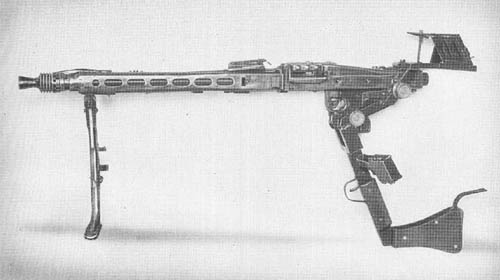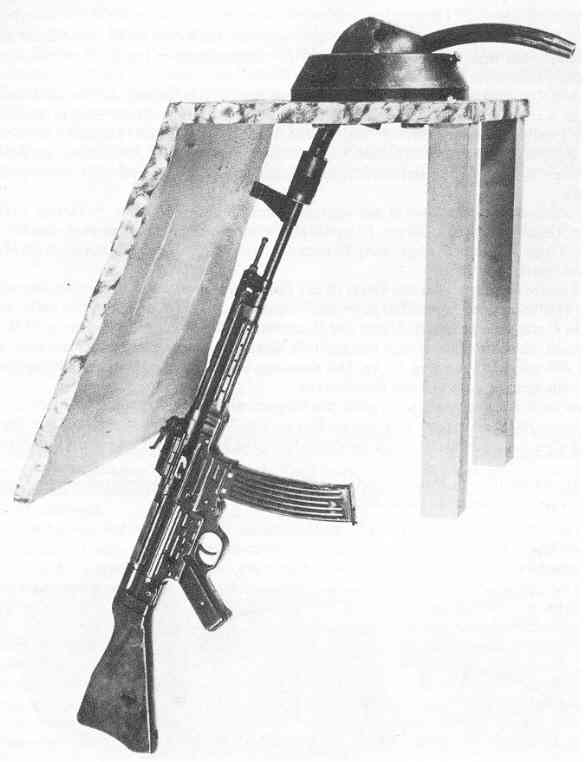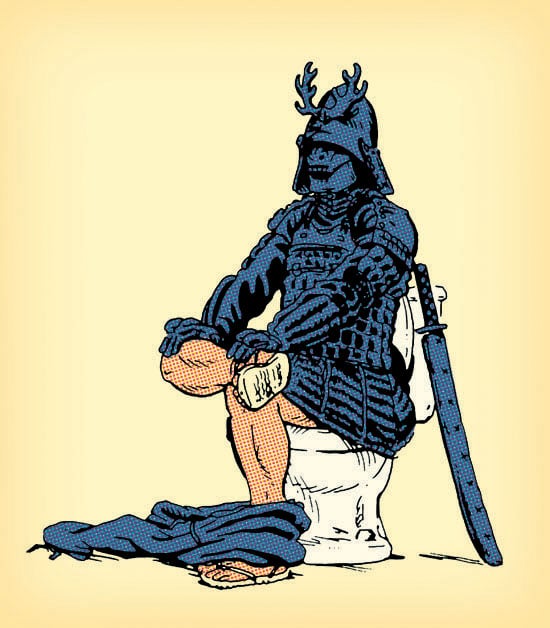Today I am going to stray from my usual topics to pass on links to two very interesting articles.
There is a tired old chestnut that has been going around the internet and that I still get sent occasionally. The story goes that a man at an olive jarring factory hit on the idea of removing two olives from each jar, vastly increasing profits for the company. What a clever, simple idea this was! Only, if there is any truth in this story, it is not. Olives are sold by weight, so reducing the measure was at best fraudulent if not outright dishonest and theft.
Sometimes, however, you do come across an idea that is both simple, brilliant and has immense potential to make changes.
This is a brilliantly simple idea and made even more impressive by the fact that it was a high school student that thought of it.
Computer ink is very expensive; more expensive than some French perfumes! By changing to a font such as Garamond printing costs can be reduced by as much as 24%. The US government could save $400 million per year by implementing these ideas.
If I write another book I will put it in Garamond rather than my usual Times New Roman. Sadly the cost savings will not be passed on to either you as the buyer or myself as the author, but do not let that stop you treating yourself to some copies.
The second article mentions energy companies trying to “put the genie back in the bottle” by trying to implement legislation against alternate power sources. The suggestion is that if your business model is no longer valid, change it. It is an approach that may have other applications and is worth thinking about.
If you have enjoyed this article or it has been helpful to you please feel free to show your appreciation. Thank you.
The Books























